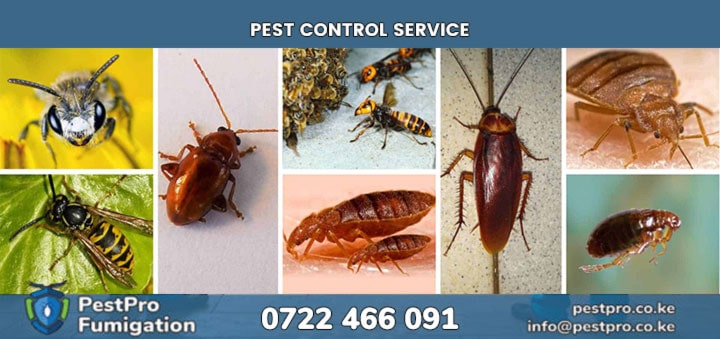School Pest Control: Keeping Educational Facilities Safe and Clean
Educational facilities in Nairobi require specialized pest control approaches that prioritize child safety while maintaining healthy learning environments free from pest-related health risks and distractions. Schools face unique challenges including sensitive populations, regulatory requirements, and budget constraints that demand carefully planned management strategies.
Health and Safety Priorities for Children
Children face higher risks from both pest-related diseases and pesticide exposure due to their developing immune systems and behavioral patterns that increase contact with contaminated surfaces. Pest management programs must minimize chemical use while effectively controlling health-threatening pest species.
Allergic reactions to pest droppings, shed skins, and other debris can trigger asthma attacks and other respiratory problems in sensitive children, making thorough pest elimination essential for maintaining healthy learning environments. Schools must address pest problems promptly to protect student health.
Behavioral impacts of pest problems include student distraction, fear responses, and reluctance to participate in activities when pests are visible, affecting educational outcomes while creating liability concerns for school administrators.
Regulatory Compliance for Educational Settings
Ministry of Education guidelines and local health department regulations establish strict standards for pest management in educational facilities, requiring regular inspections, documented treatments, and immediate response protocols for pest problems that affect student safety.
Pesticide use restrictions in schools mandate integrated pest management approaches that emphasize prevention and non-chemical control methods while strictly limiting chemical treatments to situations where health risks justify their use under controlled conditions.
Documentation requirements include treatment records, safety data sheets, and staff training records that demonstrate compliance with regulatory standards while providing evidence of due diligence in protecting student health and safety.
Child-Safe Treatment Methods
Baiting systems designed for educational environments provide effective pest control while minimizing child exposure risks through tamper-resistant stations and placement strategies that keep toxic materials away from student areas. These systems require professional installation and maintenance to ensure safety.
Heat treatments offer excellent pest control options for schools by achieving lethal temperatures without chemical residues that could affect sensitive individuals. These treatments work particularly well for bed bugs and stored product pests while remaining completely safe for subsequent student occupancy.
Biological control methods including beneficial microorganisms and natural predators provide pest control options that remain safe around children while effectively targeting specific pest species without broader environmental impacts.
Integrated Prevention Strategies
Sanitation protocols specifically designed for educational environments address unique challenges including food service areas, art supplies, and student belongings while maintaining cleanliness standards that prevent pest problems without disrupting educational activities.
Structural maintenance programs should include regular inspection and repair of building elements that could provide pest entry or harborage opportunities while maintaining safe conditions for student activities and building operations.
Staff training programs help school personnel identify pest problems early while understanding appropriate response procedures that protect student safety while facilitating effective professional treatment when necessary.
More pest Control ServicesPestPro Facebook Page
Medium
